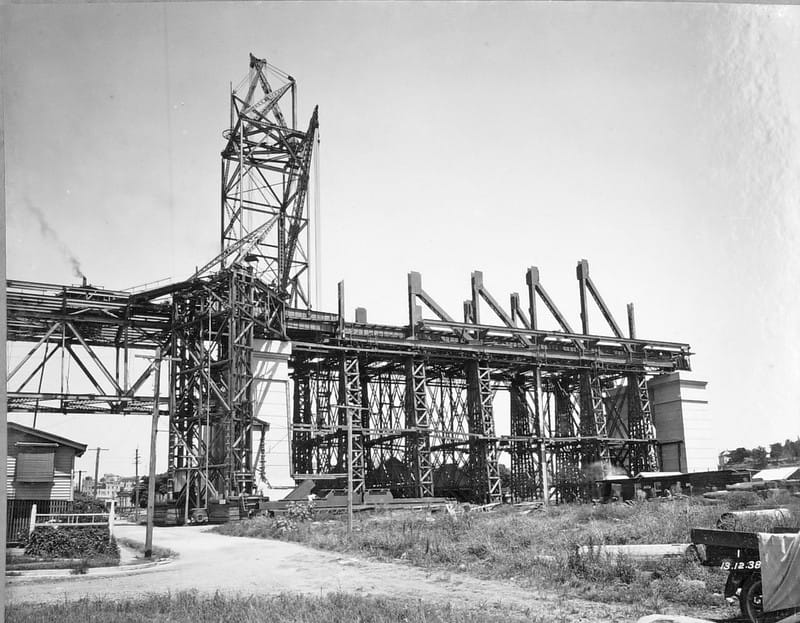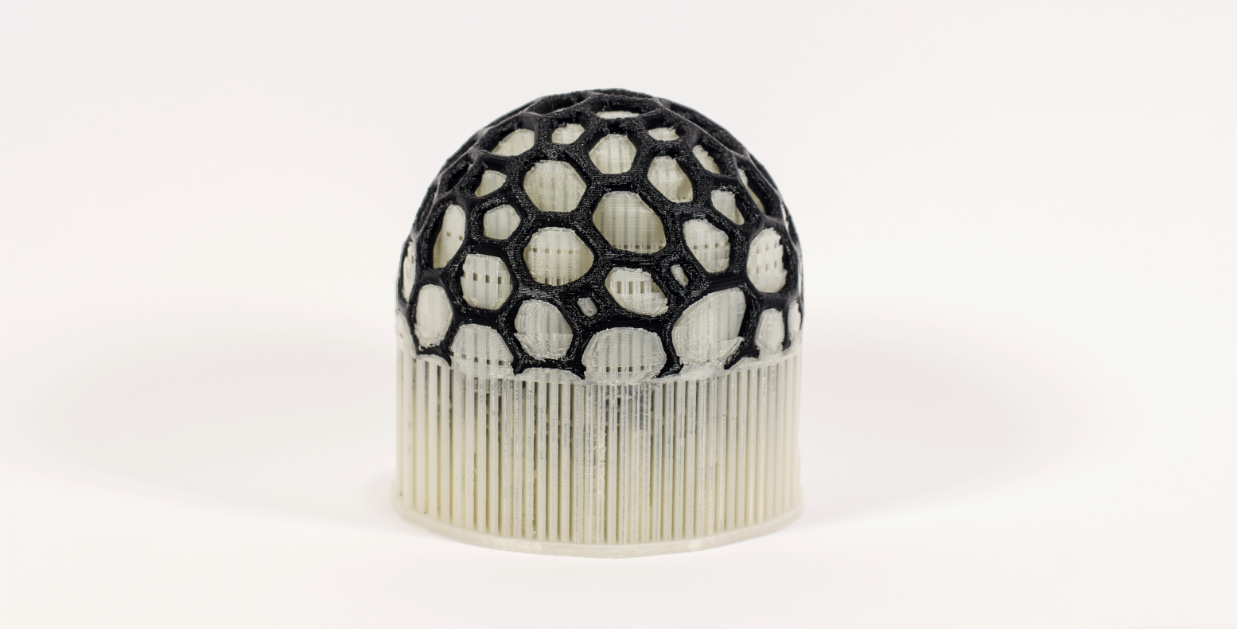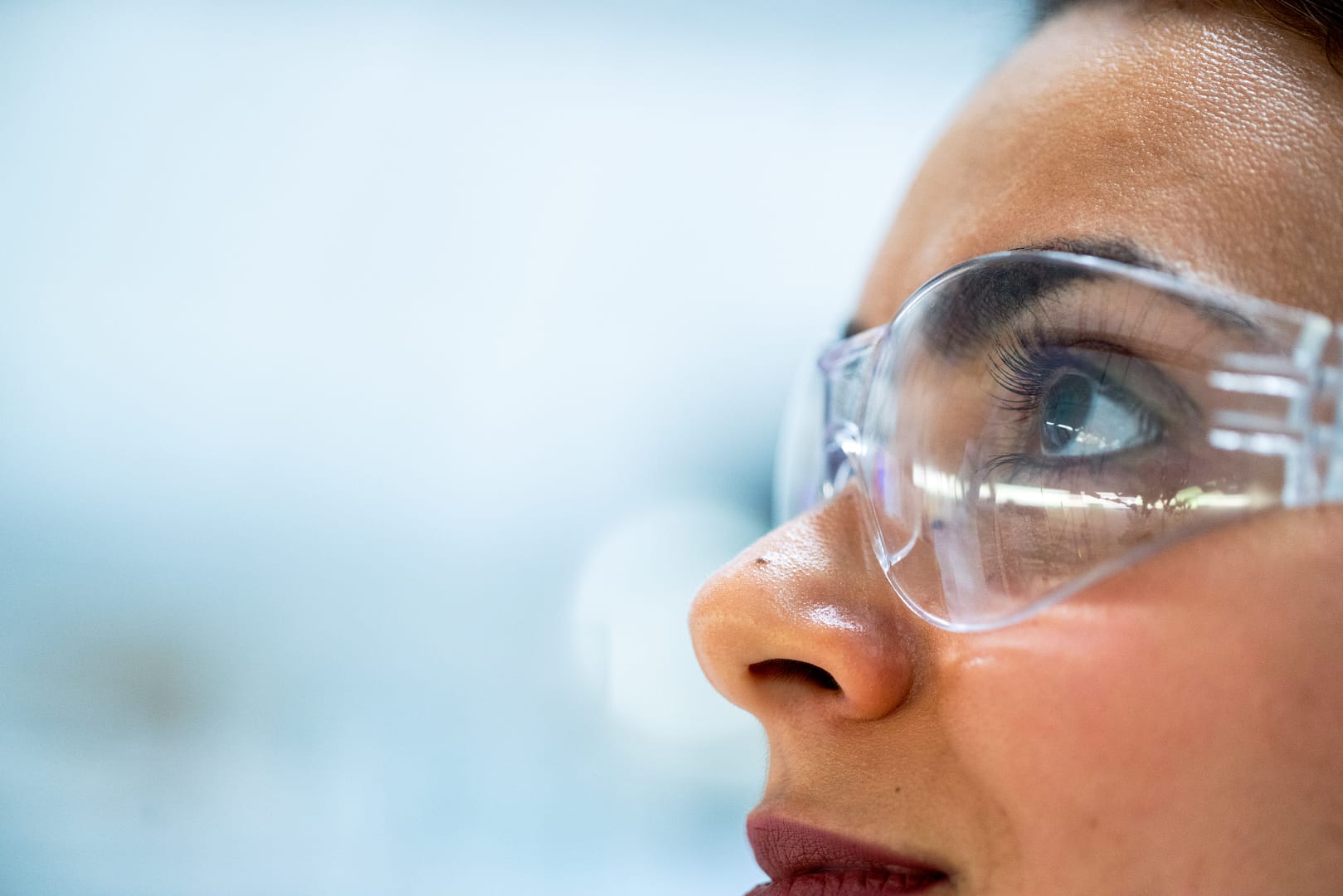Support materials are used in FFF 3D printing to support overhangs in your parts. But which is the best material for this purpose?
When I was a kid, I saw how they built a bridge in my hometown.
First, the construction workers erected metal stages – tall grid-like column structures standing firm on the ground. Then, once all stages were there, the workers started to build the railroad on top.
So, day by day the bridge grew longer. Once the bridge could hold its own weight, the engineers removed the stages. Some bridges are still built this way today. Stages provide support so the bridge doesn’t collapse before the construction is finished.

Just like these bridges, some 3D printed parts require supports too. They stabilize overhanging and floating surfaces from below. And just like bridge staging, support structures will be removed in the end.
3D printer users revert to the following 5 methods to build supports for their FFF parts. Each one has its pros and contras.
1. Trivial Method: Avoid Support Structures
The old adage of an experienced 3D printer user goes: The best support is no support at all. Although technique sounds trivial, it is not as simple as it seems.
Through skilled planning of your design, you can achieve parts that require no support structures. These carefully designed parts have no overhangs that require scaffolding. Some designers even print their models in multiple pieces, which they assemble or glue together later on.
For this technique, a 3D printer with a single print head is sufficient, which makes it a viable choice for many users. Besides, this strategy helps users save valuable printing time because it takes less time to print without supports.
This technique works well for some – typically very simple – designs. But far too often, engineers need to make sacrifices to their parts to avoid supports altogether. And often enough, some parts cannot be printed without supports at all. Like a bridge above, they would collapse before they are finished.
So let’s look into our next option.
2. Beginner Method: Use Model Material For Supports
This method also works with a single-head 3D printer. The trick here is to print the model and the supports from the same material. This method is so simple, that many users start their 3D printing journey with this type of supports.
This technique has one key strength. Using a single-head 3D printer simplifies many things. Such machines are less expensive, often more reliable, and calibrating them is typically easier than dual-head 3D printers. Besides, printing with a single material takes less time because your printer doesn’t have to switch between two print heads.
This method also helps you save a few bucks. Modeling material is often less expensive than a dedicated support material such as PVA or VXL. However, there are a few exceptions. For example, high-end printing materials like PEEK are more expensive than matching support materials (VXL 130). So using a dedicated support material like VXL is the preferred choice in this case. But more on that later.
It seems that this method will get you very far in 3D printing. But we would have to end our article here if it had no weaknesses.
Any 3D printer builds models layer by layer. These layers have the job to stick well to each other to produce a robust, stable part in the end. So naturally, if you print support structures from the same material as the model, the supports will bond very well to your model too. So in the end, you face a problem: how do you remove the supports?
Typically, support structures made with the same material are tedious to remove because they bond too well to the model. Pliers, tweezers, and good-old muscle strength can help you rip the scaffolds away. But removing well-bonded supports will often leave scars and scratches on the surface of your model. In the worst case – especially for intricate details – you will rip a part of your model together with your supports.
Some savvy users fine-tune their settings to provide some relief to this problem. For example, they reduce the printing temperature of the support structures and increase the vertical distance between the support layers and the model. These tricks lower the bonding strength of scaffolds to the model. So if you get the settings right, your supports will be easier to remove. But this method has two major drawbacks. First, the increased support-to-model distance impairs the surface quality of your model. Besides, scaffolds inside difficult-to-reach areas (think: holes) can get trapped inside your model, never to see daylight again.
So, there must be a better solution.
3. Quick Method: Use Dedicated Break-Away Support Material
Let’s take the previous method to the next level. What if you could print your support scaffolds from another material? Such material should be easy to remove, but should still provide enough support for your model. We call them “break-away” supports.
Now, this method requires a 3D printer with at least two print-heads: one for your model material, and another for your break-away support material.
In our earlier 3D printer model Xioneer Desktop, we used a support material we named GeckoPeel. It was a soft polymer that you can peel from your model after the print. This seemed like a Holy Grail for many 3D printer users, but its costs often outweighed the benefits. Secluded support structures still remained inside deep holes and cavities. This limited many users from printing their projects.
Just like with the previous technique, we found it difficult to pick the perfect level of bonding between the model and its supports. When bonding was too weak during printing, the scaffolds quickly detached from the model ruining the print job. But if the bond was too strong, we had a hard time removing supports afterward. On top of that, the bonding strength varied for different model materials. Geckopeel adhered just enough to PLA. But it bonded too well to Nylon (PA) making it impossible to remove later on.
I coined this method as “quick” in this article. Because ideally, break-away supports are peeled away in a few minutes. Indeed, it works for some parts with fine-tuned print settings. But other models require better solutions.
Introducing soluble support materials.
4. Lazy Method: Use Soluble Support Material
The good news is: there are thermoplastic materials that you can dissolve in a liquid.
Printing dissolvable support structures has one major advantage over break-away supports — no more fiddling with pliers and tweezers. The liquid does all the job of removing the supports, while you can do other things in the meanwhile. For many geometries, soluble supports can be a real blessing. The liquid has a better job at reaching small cavities and holes than any hand-held tool.
With break-away supports, you need to ensure that the model-support bond is neither too strong nor too weak. With dissolvable supports, you only need to ensure that this bond is strong. In fact, the stronger, the better. So with the right soluble support material, you have fewer parameters to tweak. Therefore, this method truly deserves the place of the “simplest” solution.
For this technique, you need a FFF 3D printer with at least two print heads. To remove the supports, you also need a container with a solvent to dissolve your supports. But let’s also not forget: you also need the right soluble support material. And this is where it gets tricky.
There are 3 major types of soluble support materials for FFF.
1. Water-soluble support materials (PVA, BVOH, and others). These materials are easily available from most filament vendors. You can dissolve them in pure water, which makes them so tempting.
However, the blessing of water-soluble materials is also their curse. Because they dissolve in water, they also absorb humidity from the air if you store them unprotected. So, water-soluble materials need to be stored dry (I mean, really dry!) so they don’t ruin your print jobs.
Another disadvantage of water-soluble materials: they are not compatible with most model materials. For example, PVA will not work with high-temperature materials like PEEK. Supports from PVA will collapse or burn under the heat of molten PEEK (390-410 C). Besides, these high-end materials require elevated build-chamber temperatures rendering PVA and BVOH useless. For other materials with low surface energy such as PolyCarbonate (PC), the supports from PVA will simply not bond well enough and may detach during print-job.
Another disadvantage of PVA (and BVOH) is the quick crystallization under heat which leads to clogged nozzles.
2. Oil-soluble support materials (HIPS) are dissolvable in limonene, an oil-based liquid made from orange peels.
When we tried it for the first time, we loved the refreshing scent of oranges around our washing tank. But over time, the intense smell penetrates everything it touches: your hands, clothing, and even your dog. But the worst part: all your parts will smell of oranges too. So if you want to avoid questions about whether you work at an orange farm – this option may not be your best choice. Besides, these support materials typically take longer to dissolve than other options (more time to smell those oranges!)
Finally, limonene is not a cheap solvent.
3. Alkali-soluble support materials (now only VXL for FFF) are dissolvable in warm mild alkaline solutions. The advantages of these support materials include strong adhesion to most model materials, high-temperature resistance, temperature stability, and simple storage requirements. Besides, dissolving these materials tends to be faster than water-soluble materials. You can further accelerate the dissolution with new inexpensive washing systems like the Vortex EZ.
So how do you choose the right soluble support material for your project? Here are a few points to consider:
- Low moisture sensitivity: So it’s easy to store.
- Dissolves well: The support material is dissolved quickly and the solution does not impair your well-being (e.g. smell)
- Temperatures: The printing temperature of the support material is close to the printing temperature of the model material (i.e. one doesn’t burn another).
- Bonding: The model and support materials must bond well together to prevent warping and detachment during your print job.
- Printing: Finally, the support material needs to have reliable printing properties in general and does not clog your nozzle.
5. “On the Edge:” Print Interface Layers
This brings us to the last method, which is also the most advanced one. It combines two techniques: soluble and break-away supports.
Create the major part of your support structures with your model material. But the trick is to print an additional layer between the model and the supports out of soluble support material. This way, you ensure proper bonding between your supports, interface layer, and your model. This way, you save money on the expensive support material and still get amazing surface quality on your part.
This method has some drawbacks. Some supports – especially in deep holes and cavities – may remain trapped inside the model. However, this method is still a valid compromise for many parts.
Which Printing Material Is the Right One For Your Application?
In the heading of this article, I am asking for the “Holy Grail” of support materials. But honestly, I am not sure if it exists. The right solution always depends on what you need, and the equipment and budget available to you.
Soluble support materials provide many advantages over other methods. Among them, the support material VXL triumphs over other solutions with its performance and reliability. Besides, VXL is available in four variants to fit almost any project. More than that, it is easy to print with. For our print jobs, we often only needed to change the temperature settings of the printer to get good results with VXL – even for different 3D printer manufacturers.
If you want to learn more about the benefits of VXL, read my other article.





